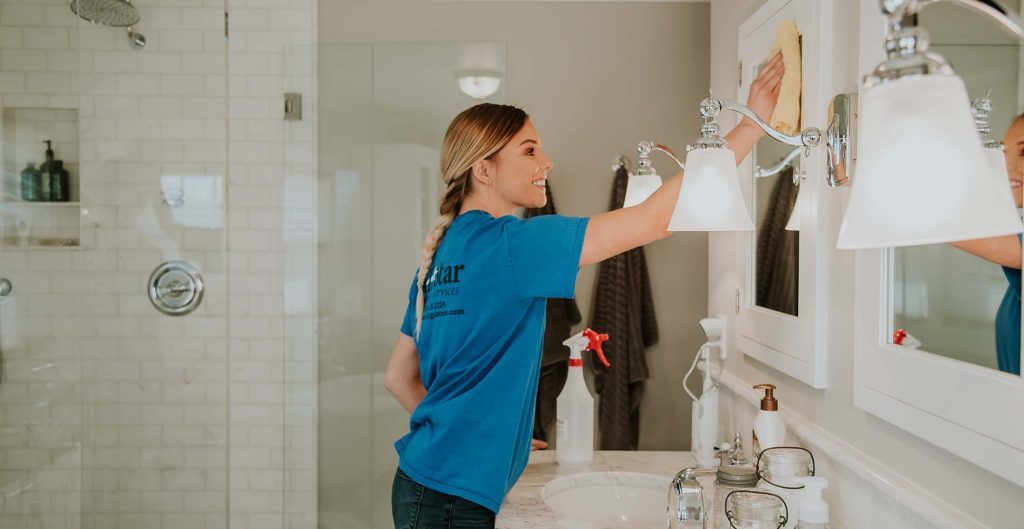A Comprehensive Guide to Effective Deep Cleaning at Home
Deep cleaning at home is an essential practice to maintain a healthy and hygienic environment, especially when regular cleaning does not suffice to tackle built-up dirt, germs, and allergens. It involves a thorough, detailed cleaning process that goes beyond the surface level, reaching areas that are often overlooked during regular cleaning sessions. The process typically begins with decluttering, as a clean and organized space makes it easier to access hidden corners and hard-to-reach spots. Removing unnecessary items from countertops, shelves, and floors creates a more manageable area to start deep cleaning. Once the space is declutter, dusting should be the next step. This includes dusting light fixtures, baseboards, ceiling fans, vents, and furniture surfaces. Dust tends to accumulate in these spots over time, and it is essential to remove it to prevent allergens from circulating in the air. Vacuuming is another crucial step, especially in areas that receive high traffic or in rooms with carpets.

For deep cleaning, using a vacuum with strong suction and specialized attachments will help clean corners, upholstery, and tight spots effectively. Next comes the focus on kitchen and bathroom areas, my company which require special attention due to the buildup of grease, soap scum, and grime. In the kitchen, cleaning the stovetop, oven, refrigerator, and sink are key tasks. A deep clean of these appliances involves not just wiping down the surfaces but also removing and cleaning removable parts such as trays, shelves, and filters. For the bathroom, scrubbing tiles, grout, tubs, and sinks removes soap scum and mineral deposits, while cleaning and disinfecting toilets is vital for hygiene. Mirrors and light fixtures should also be wiped down to remove any streaks or spots that accumulate over time. Another important step in deep cleaning is washing windows, both inside and outside, to remove smudges, dirt, and grime. Clean windows allow more natural light into the home and enhance the overall appearance of the living space.
For homes with carpets or upholstery, a deep clean might involve steam cleaning or professional carpet cleaning to remove deep-seated dirt stains, and allergens that vacuuming alone cannot eliminate. This can significantly improve air quality and restore the look of the fabric or carpet. Do not forget about areas like closets, storage spaces, and behind furniture, where dust, dirt, and even pests can hide. These areas can easily be neglected, but deep cleaning requires addressing them thoroughly. Additionally, it is essential to clean and sanitize items that are frequently touched, such as doorknobs, light switches, and remote controls, as these can harbor germs. In bedrooms, washing bedding, pillows, and comforters, as well as rotating the mattress, ensures a restful environment free from dust mites and allergens. Finally, to maintain the results of a deep clean, establishing a regular cleaning schedule helps to prevent the accumulation of dirt and grime. This means that while deep cleaning is necessary periodically, keeping up with basic cleaning tasks on a weekly or bi-weekly basis helps to keep the home consistently fresh.
